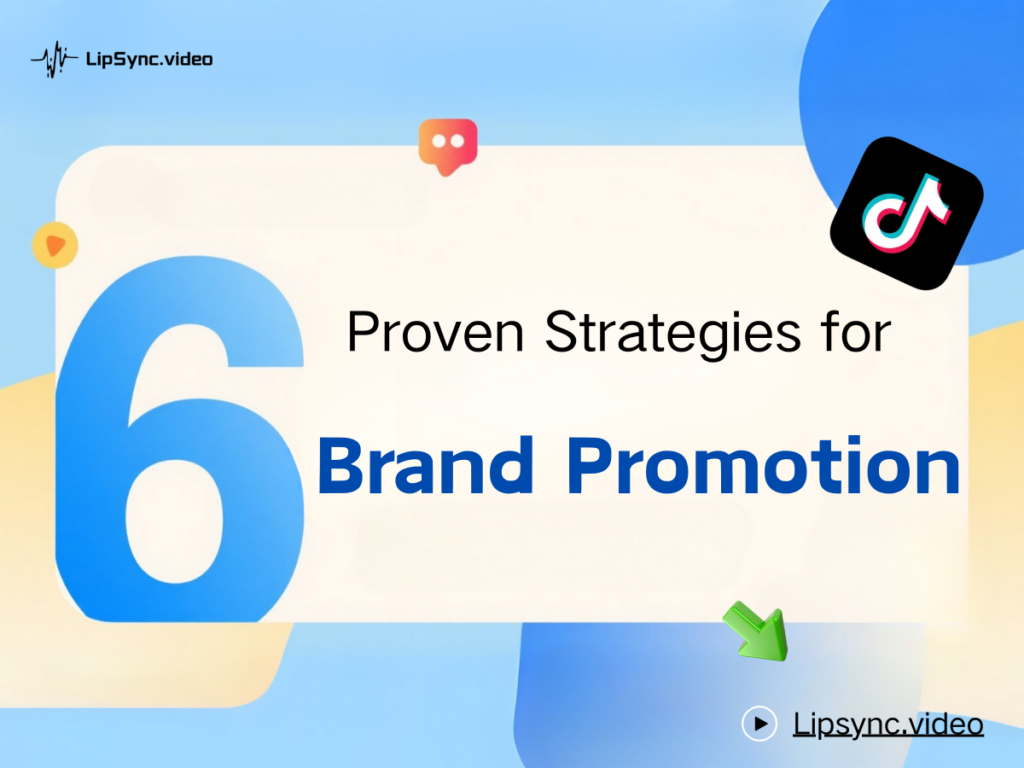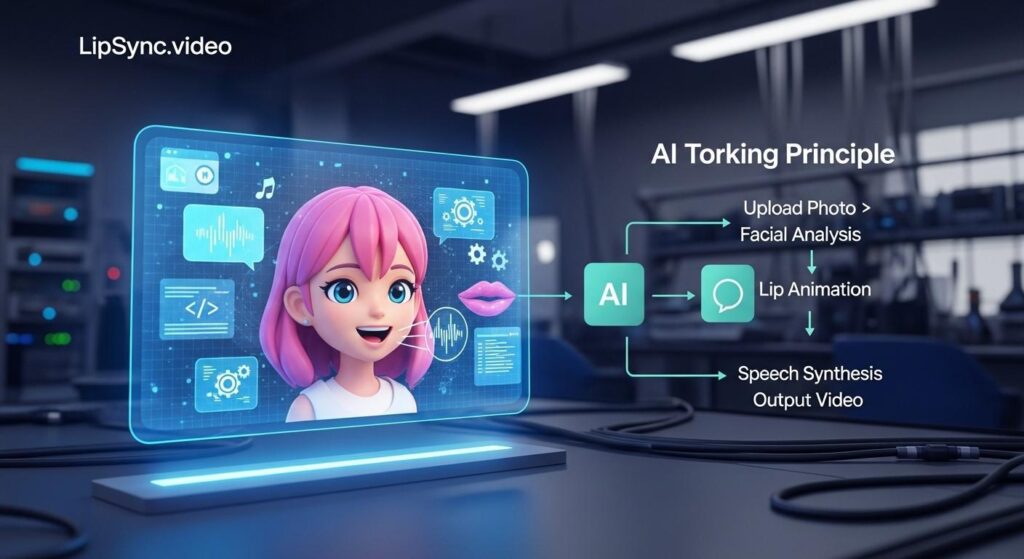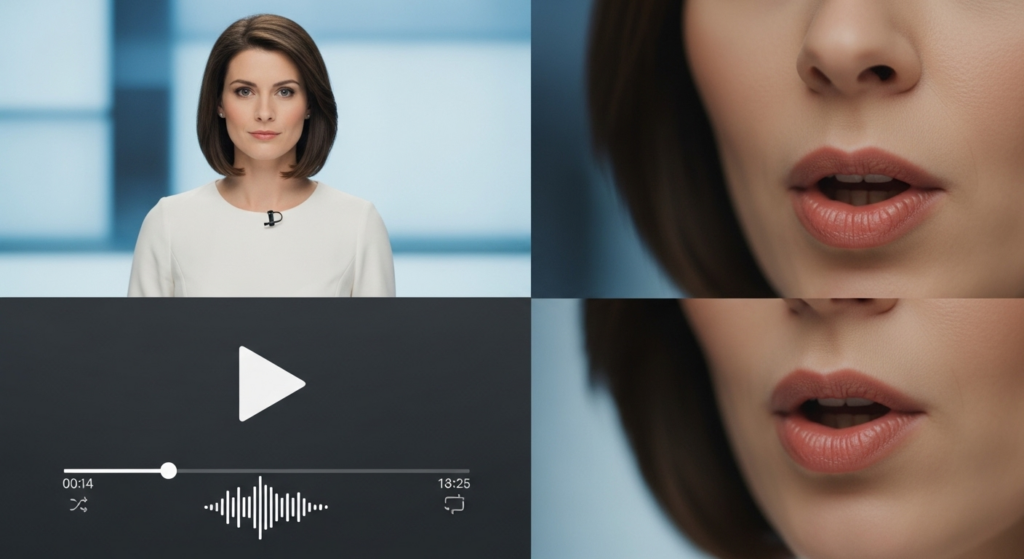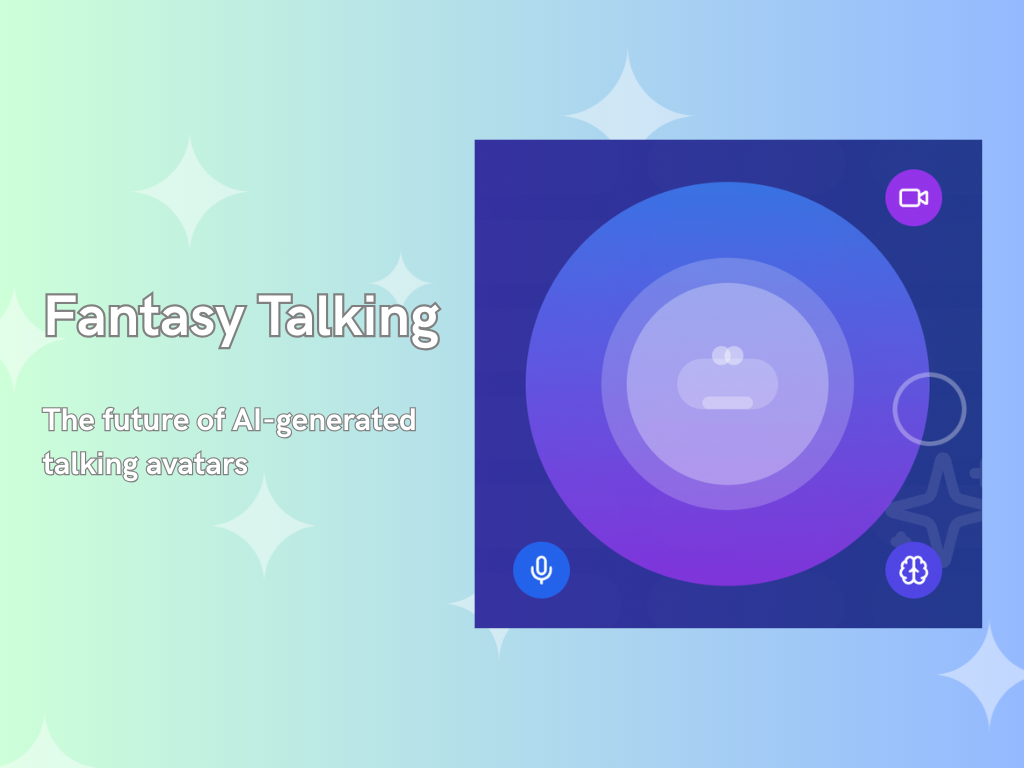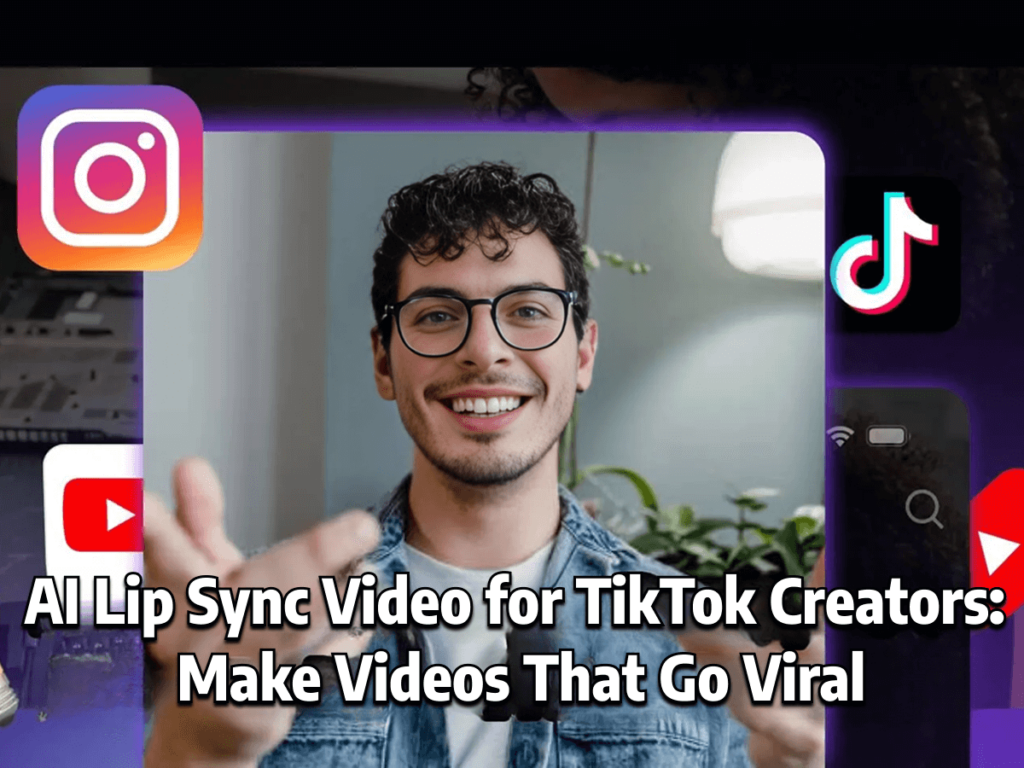Beyond Lipsync: Create AI Dialogue Video from a Single Photo
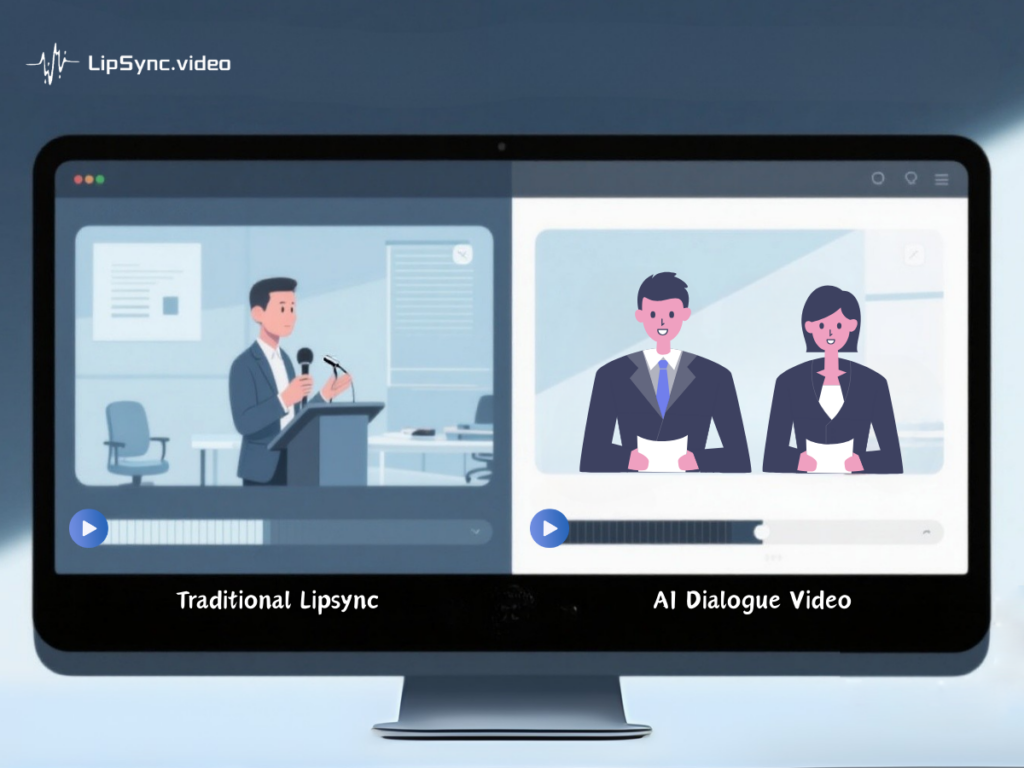
In today’s era of short videos and interactive content, have you ever found yourself facing these struggles?
You want to experiment with fresh ideas on social media, but constantly run out of inspiration. You’d like to create an interactive short video for your brand, but high production costs hold you back. You need a “customer and shop assistant Q&A” demo for your e-commerce products, yet filming and editing are simply too time-consuming. Or maybe you own a photo that tells a thousand stories—you just wish the people in it could actually “talk.”
Traditional lipsync technology could make a single character “speak,” but the results often felt like reading lines rather than having a real conversation. What truly captivates us is the natural flow of interaction between two characters, just as in real life.
This is where AI Dialogue Video comes in: you just upload a photo, write the dialogue for both characters, and the AI will produce a video featuring a natural voice and perfectly coordinated lip sync and avatars. This saves time, reduces effort, and helps us realize unlimited potential.
Traditional Lipsync vs AI Dialogue Video
As traditional lipsync technology is designed to address one primary concern, relating a character's lip behavior to an audio that has already been recorded, this one-to-one relationship provides the character with the ability to converse, but that is not enough. The results of traditional lipsync still feel like a theatrical monologue; this is useful for when the character is in a narrative or presenting, but no change in dynamics indicates that a genuine interaction is taking place.
AI Dialogue video takes this further, meaningfully more than that initial entry point. Instead of just syncing one face to one audio track, they are designed for multi-character conversations. The system not only provides independent lip syncing for the characters, but it also utilizes the flow of dialogue, emotional intonation, and pacing and alignment for each speaker. It does all of this ultimately to provide a more authentic feel to the experience of conversation.
In some ways, lipsync has resolved the technical problem of "speaking naturally," and AI dialogue video resolves the creative problem of "conversing naturally". This flexing of technology to animate still photos or avatars into interactive dialogue, the technology moves the experience away from simple, basic talking heads to an entire content generation platform. The next step opens up the opportunity for brands, educators, and creators to create richer, relational, and experiential video content that generates compelling stories.
How to Create an AI Dialogue Video from a Single Photo?
Creating your very first AI-based dialogue video is more straightforward than you may think. Just with one image combined with a few clicks, you can take a static character and create natural dialogue with realistic lip-syncing. This can be useful for storytelling, for marketing, or just for fun—it can all be done in minutes.
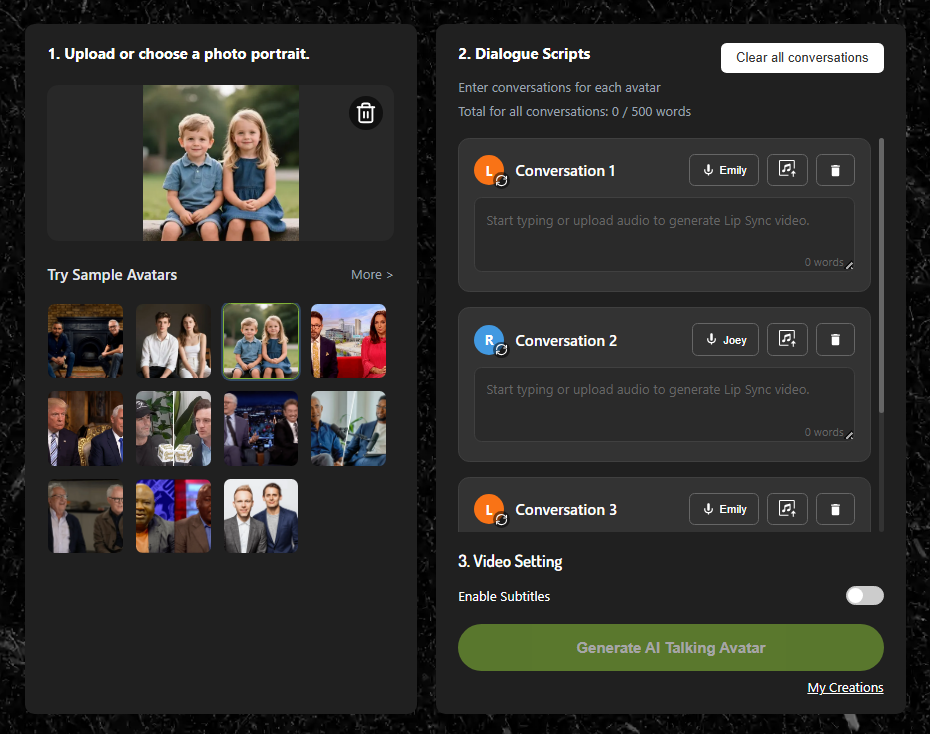
Step 1: Upload a Photo
To begin, open the LipSyncVideo platform and upload a clear photo with at least 2 people. The AI will automatically identify them and segment them to prepare them for animation. For best results, make sure you use great front-facing photos with good background lighting.
Step 2: Create the Dialogue
Create a conversation between your characters. Whether it's humorous banter, emotional exchanges, or a professional dialogue is totally up to you. The software allows Text-to-Speech with a range of voice options, or you can upload your own voice for a personal touch.
Step 3: Generate and Share
Simply click "Generate," and the AI takes care of the rest: allocating unique voices, synthesizing natural speech, and animating lip movements - all in perfect sync. In just a few seconds, your video will be ready to download, or you can swiftly share directly on social media.
Tips for Better Lip-Synced Dialogues
To get the best results from AI Dialogue Video, consider the following tips:
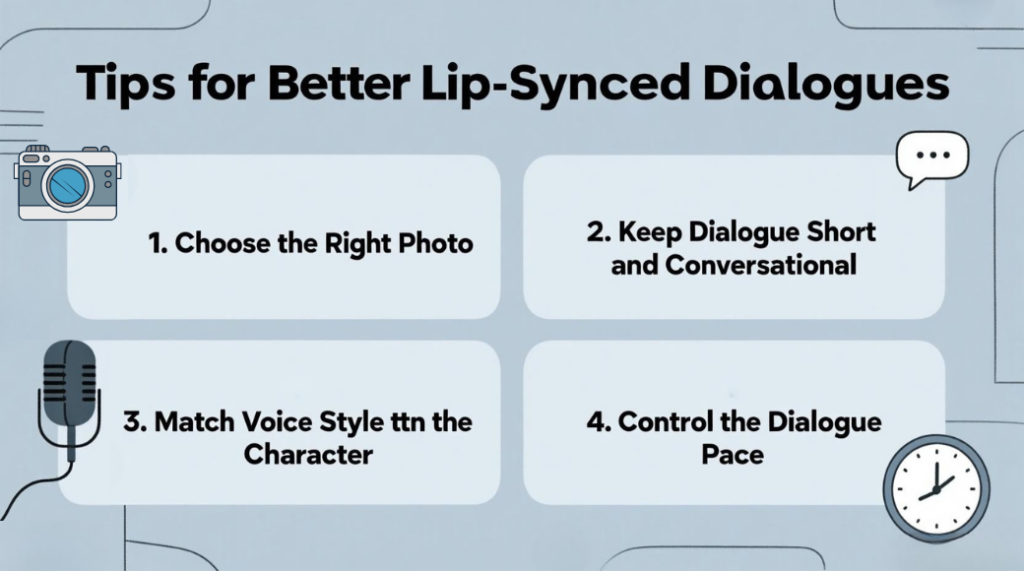
1. Choose the Right Photo
To have successful facial and lip recognition, please select a photo where the subject's face is directly in front of the camera, properly lit, and the face is clearly visible. Please do not submit photos with strong shadowing, extreme angles, or busy backgrounds; these can hinder the AI's ability to produce accurate lip movement. Selecting brightly lit, clear, high-resolution images can provide a video that looks realistic and professional.
2. Keep Dialogue Short and Conversational
Short dialogue can improve follow-along for viewers and is better pacing for viewing. This is even more important for social media short, as short and snappy conversations are more engaging.
3. Match Voice Style to the Character
Select a voice that fits the personality or context of the person you want to animate. For example, if the character is a bubbly, happy person, you might select a bright, fun-sounding voice. If the character is serious and academic, you might pick a calmer and steadier tone. Matching voice style or tone can enhance the dialogue's realism and can better animate life into each character.
4. Control the Dialogue Pace
Using good pacing is an important way of avoiding characters "talking over" one another. Allowing for pauses or other breaks between lines is a good way to smooth out a conversation. It is helpful to add line breaks or punctuation to aid the AI in establishing timing for when one character starts speaking again. This breaks up the conversation and enhances the interaction, making it more dynamic and feel real.
Applications of AI Dialogue Video
AI Dialogue Video unlocks creative potential across a wide range of industries. Here are some practical use cases:
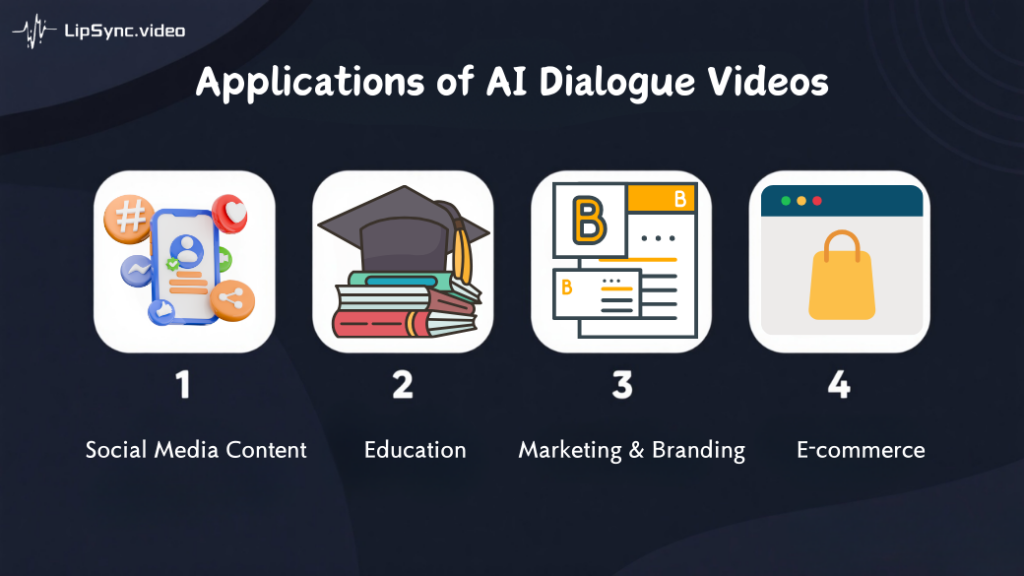
1. Social Media Content
With AI Dialogue Video, creators can instantly create fun interactive videos on TikTok, YouTube Shorts, or Instagram Reels. For instance:
- Take a selfie of two friends and turn it into a funny dialogue, where they "complain" about everyday life.
- Animate a series of celebrity portraits and turn them into a funny mimicry skit.
- Take photos of pets and their owners, and make them cute and believably anthropomorphized.
They can be really fun and highly shareable, allowing the creator or account to gain followers at a quicker rate and making their content unforgettable.
2. Education
Teachers can use photos of historical figures to generate dialogues, vividly recreating historical events and helping students understand knowledge in a more intuitive way. In language learning, students can practice conversations with AI-generated characters to improve their speaking and listening skills. This immersive and interactive teaching approach makes classroom content more engaging and enjoyable while enhancing learning efficiency.
3. Marketing & Branding
Brands are able to use AI Dialogue Video to demonstrate new products and share brand stories with potential customers through interactions with characters. For example, two characters might compare a new product to competitor alternatives or discuss the benefits of a new product. The videos are certainly more engaging than pictures and plain text, and they can be highly customized toward the intended audience or brand personality, thereby increasing user engagement and conversions.
4. E-commerce
AI Dialogue Video can simulate “customer and shop assistant” conversations using product photos. A customer can ask questions about a product, and the AI-generated assistant responds in a natural conversational style with synchronized lip movements. Not only does this format allow for a much more dynamic demonstration of product features, but it also allows user questions to be answered instantaneously, which significantly increases click-through and conversion rates.
Conclusion & Future Outlook
AI Dialogue Video takes lipsync to a deeper level! Our videos take your still pictures and turn them into a two-way conversation. It adds a creative aspect to social media, education, entertainment, corporate presentations, and e-commerce, and provides enhanced interaction and engagement.
Using precise lipsync technology, conversations feel natural and flowing, and help in producing faster and more engaging content. As generative AI continues to evolve, AI Dialogue Video will work beyond standard interactions into virtual customer service, immersive education, interactive entertainment, and personalized marketing will only expand, and it will define the future of visual creative content in the digital age.
Try it today and let your photos come alive with conversation!
